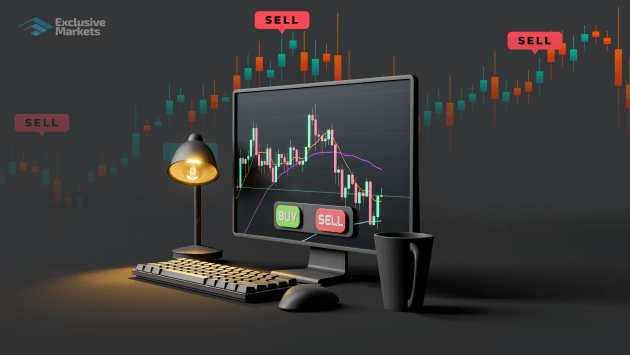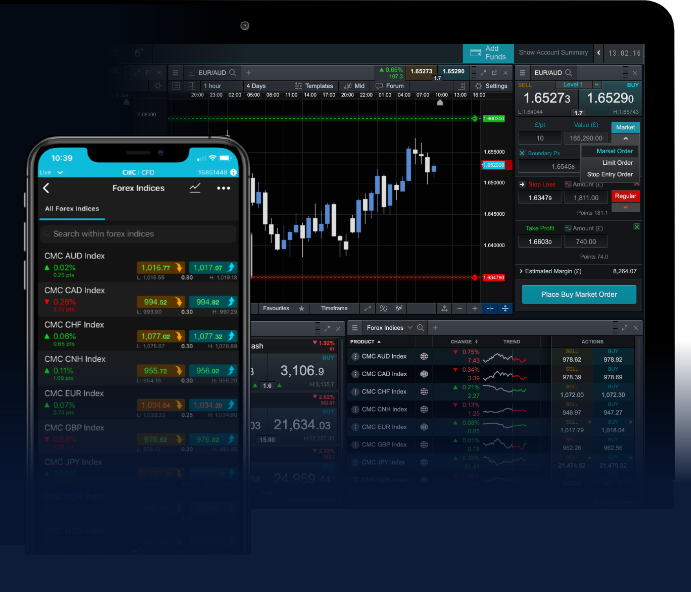
Forex trading, also known as foreign exchange trading, involves the buying and selling of currencies on the global market. This market is the largest and most liquid financial market in the world, with a daily trading volume exceeding $6 trillion. If you are interested in entering the world of Forex, you can gain valuable insights and tools at forex trading acev.io. In this guide, we will delve into various aspects of Forex trading, including key strategies, tips for success, and important market indicators that can help you make informed decisions.
Understanding the Forex Market
Forex trading operates on the principle of exchanging one currency for another, typically in pairs. For example, when you trade the EUR/USD pair, you are speculating on the value of the Euro against the US Dollar. The market operates 24/5, meaning that trading can occur at any time between Sunday evening and Friday evening, providing flexibility for traders across different time zones.
Getting Started with Forex Trading
To begin trading Forex, you need a brokerage account that provides access to the market. Here are the essential steps to get started:
- Choose a Reputable Forex Broker: Look for brokers that are regulated, have positive reviews, low spreads, and good customer support.
- Open a Trading Account: Most brokers offer different types of accounts, from demo accounts for practice to live accounts for real trading.
- Learn the Basics: Familiarize yourself with Forex terminology, such as pips, lots, leverage, and margin.
- Develop a Trading Plan: A solid trading plan outlines your trading strategy, risk management rules, and goals.
- Start Trading: Begin with a demo account to test your strategies without risking real money before transitioning to a live account.
Key Concepts in Forex Trading
Understanding fundamental concepts is crucial for successful Forex trading:
- Pips: The smallest price movement in Forex, usually the fourth decimal place for most pairs.
- Leverage: Allows traders to control a larger position with a smaller amount of capital. While it can amplify profits, it also increases the risk of significant losses.
- Margin: The amount needed in your account to open a leveraged position.
- Lot Sizes: Forex trades are conducted in specific sizes called lots, which can be standard, mini, or micro.
Technical Analysis vs. Fundamental Analysis
Two primary approaches to Forex trading are technical analysis and fundamental analysis.

Technical Analysis
Technical analysis involves analyzing price charts and indicators to predict future price movements based on historical data. Traders use various tools, such as:
- Charts: Line, bar, and candlestick charts help visualize price action over time.
- Indicators: Tools like moving averages, Bollinger Bands, and MACD provide insights into market trends and potential reversal points.
Fundamental Analysis
Fundamental analysis focuses on economic indicators, interest rates, geopolitical events, and news releases that can impact currency values. Key economic reports include:
- Gross Domestic Product (GDP): Measures a country’s economic performance.
- Employment Data: Reports such as Non-Farm Payrolls provide insights into labor market conditions.
- Central Bank Policies: Changes in interest rates and monetary policy can significantly influence currency movements.
Developing a Trading Strategy
A well-defined trading strategy is critical for long-term success in Forex trading. Here are a few popular strategies:
1. Day Trading
Day trading involves making multiple trades within a single day to profit from small price movements. Requires effective risk management and quick decision-making skills.
2. Swing Trading

Swing trading aims to capture larger price moves over several days or weeks. Traders analyze trends and market patterns and typically hold positions longer than day traders.
3. Scalping
Scalping is a high-frequency trading strategy that involves making numerous small trades throughout the day to accumulate profits. It requires a keen market sense and rapid execution.
Risk Management in Forex Trading
Effective risk management is essential in Forex trading to protect your capital and minimize losses. Here are some key principles:
- Set Stop-Loss Orders: Always use stop-loss orders to limit potential losses on a trade.
- Risk Percentage: Never risk more than a small percentage of your total trading capital on a single trade, typically between 1-3%.
- Diversification: Avoid putting all your capital into a single trade or currency pair. Diversifying your portfolio can lower overall risk.
Monitoring Your Performance
Regularly assessing your trading performance is crucial for growth and improvement. Here are a few methods to track your results:
- Keep a Trading Journal: Document your trades, strategies, emotions, and outcomes to identify patterns and areas for improvement.
- Review Your Strategy: Periodically evaluate the effectiveness of your trading strategy and make adjustments as necessary based on market conditions.
Conclusion
Forex trading offers unique opportunities for traders to profit from currency fluctuations. However, it is essential to approach the market with knowledge, a well-defined strategy, and effective risk management techniques. By continually learning and adapting to market conditions, you can enhance your Forex trading skills and increase your chances of success in this dynamic financial environment.